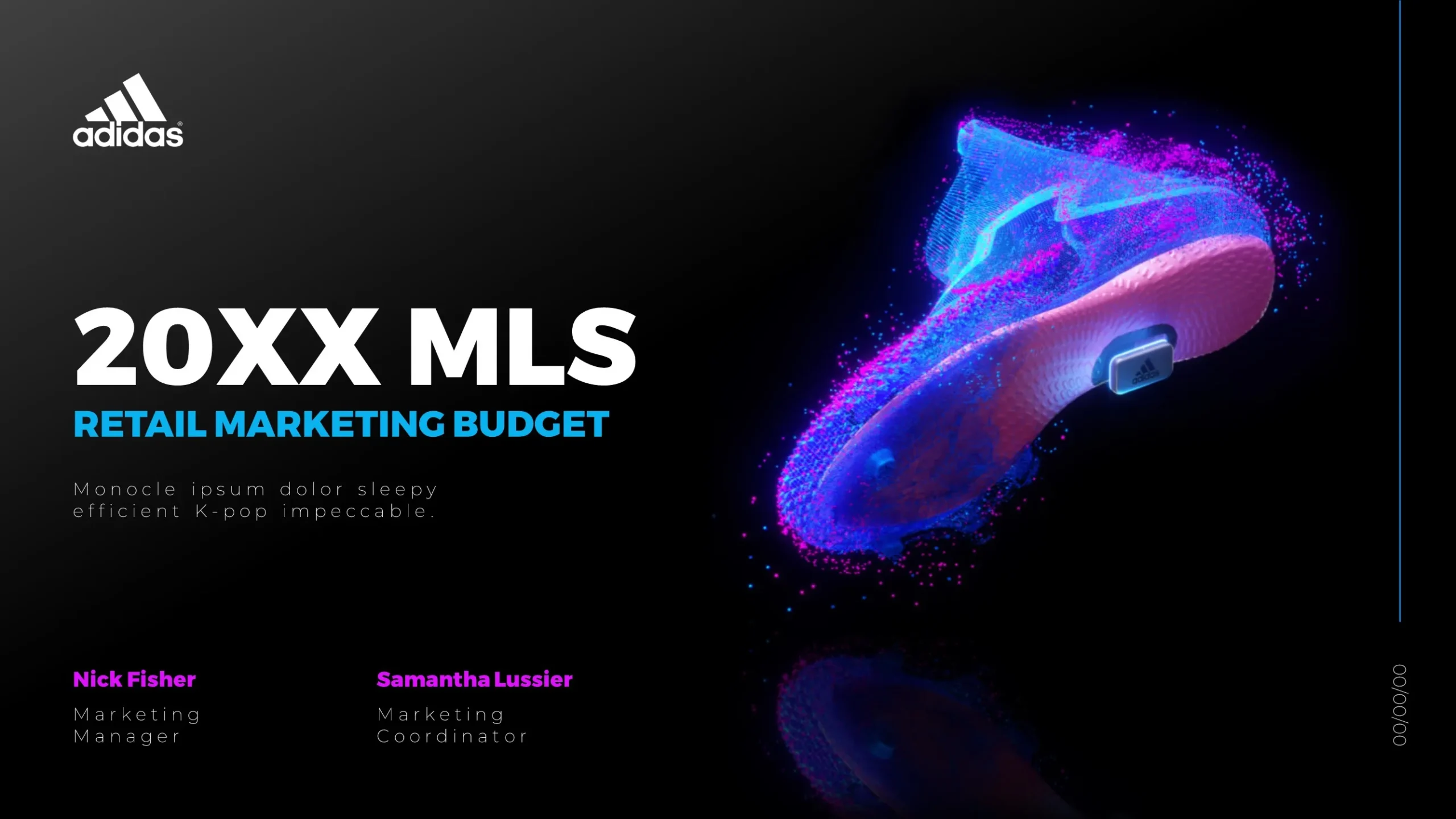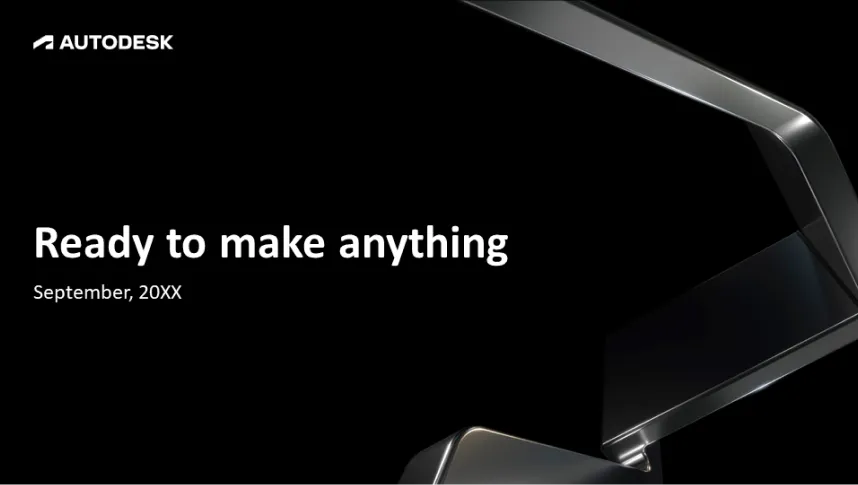Creating an effective pitchbook with a professional design involves several key steps to ensure your presentation is both visually appealing and compelling. Here are some practical tips to help you achieve this:
- Understand Your Audience: Tailor your content to the specific needs and interests of your audience. Research their preferences and pain points to ensure your pitchbook addresses their concerns directly.
- Clear Structure and Flow: Organize your pitchbook with a logical flow. Start with an engaging introduction, followed by a clear problem statement, your proposed solution, market analysis, financial projections, and a strong conclusion. Each section should seamlessly lead into the next.
- Compelling Visuals: Use high-quality images, infographics, and charts to make your data more digestible and engaging. Visuals should complement your narrative, not overwhelm it. Consistency in color schemes, fonts, and layout is crucial for a polished look.
- Concise Content: Be concise and to the point. Avoid cluttering slides with too much text. Use bullet points and short paragraphs to convey your message clearly. Each slide should focus on a single idea or concept.
- Professional Design Tools: Utilize professional design software or services to create a sleek and modern look. Templates can be a good starting point, but customization is key to ensure your pitchbook stands out.
- Practice and Feedback: Before finalizing your pitchbook, practice your presentation multiple times. Seek feedback from colleagues or mentors to refine your content and design. This will help you identify any areas that need improvement.
By following these steps, you can create a pitchbook that not only looks professional but also effectively communicates your message, making a strong impression on your audience.
View Our Presentation Portfolio










